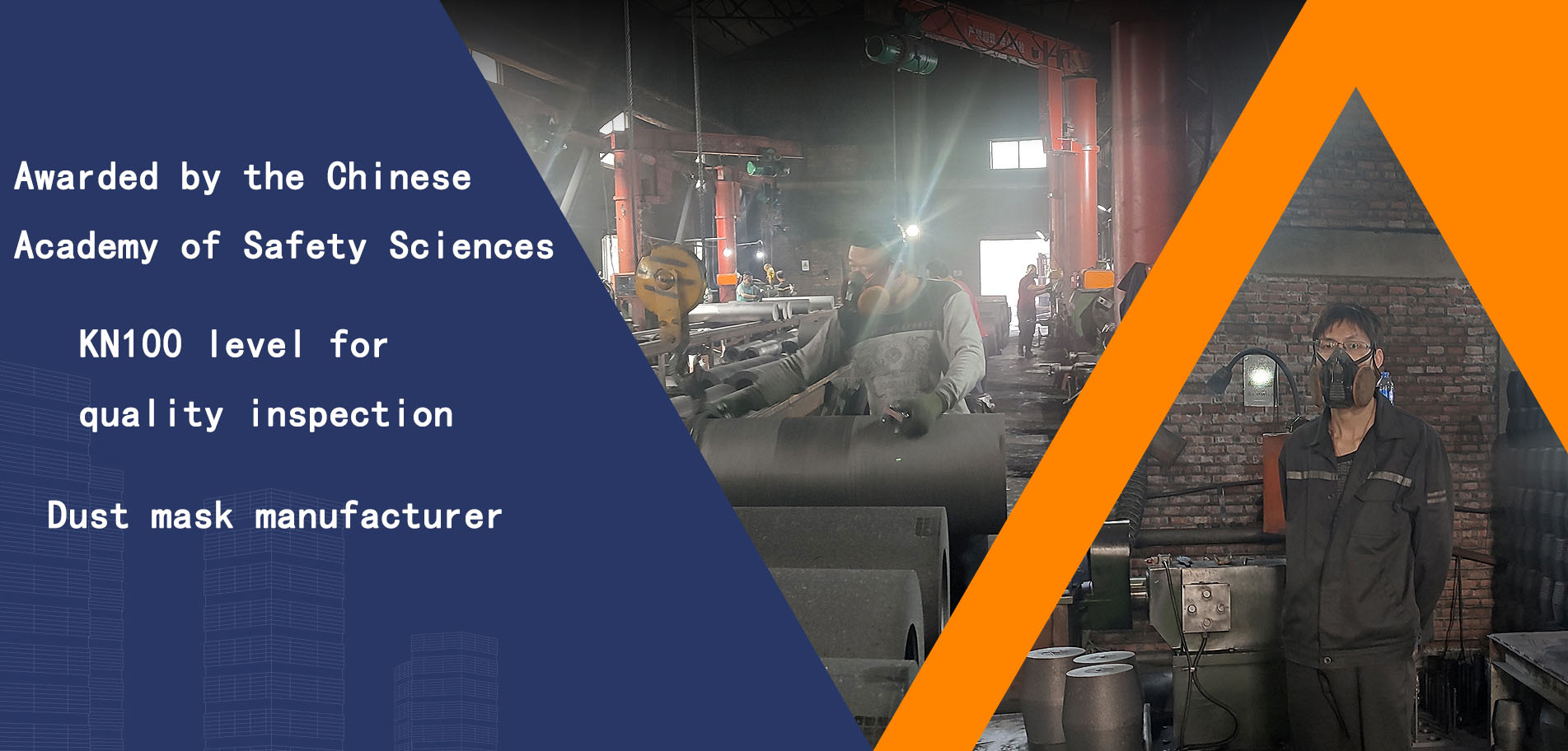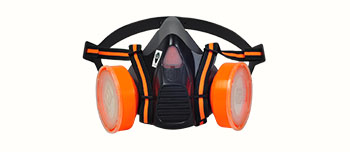During the cement production process, a large amount of dust and harmful gases are generated, and long-term exposure to this environment can cause serious harm to the respiratory system of workers. As a worker in a cement plant, it is crucial to take proper respiratory protection measures. Here are some professional respiratory protection recommendations:
Understand the sources of hazards
The main respiratory hazards of cement plants include:
Cement dust (including silica)
Harmful gases such as carbon monoxide and sulfur dioxide produced during the combustion process
Volatile harmful substances in high temperature and high humidity environments
Choose appropriate protective equipment
Dust mask: For ordinary cement dust environments, dust masks that meet national standards and can filter at least 95% of particulate matter should be selected.
Half face or full face respirator: When working in areas with high dust concentration or harmful gases, a respirator with a filter box is required.
Gas supplied respiratory protective equipment: In enclosed spaces or special working environments with extremely high concentrations of harmful gases, the use of gas supplied respirators should be considered.
Proper use and maintenance of protective equipment
Check if respiratory protective equipment is in good condition before each use
Ensure that the mask or face shield is tightly attached to the face without any leakage
Regularly replace the filter element or filter box, following the manufacturer's recommendations
Dedicated personnel to avoid cross use
Clean and store properly after use
Workplace protective measures
Engineering control: Actively participate in dust control measures implemented by enterprises, such as local exhaust and wet operations.
Reduce exposure time: Reasonably arrange the workflow and minimize the residence time in high dust environments.
Maintain good ventilation: Ensure sufficient fresh air circulation in the work area.
Personal hygiene habits
Clean your face and hands promptly after work
Avoid eating and smoking in the workplace
Regularly change work clothes and clean them separately
Not bringing work clothes home
Health monitoring
Regularly participate in occupational health examinations
Pay attention to your own respiratory health condition
Seek medical attention promptly if symptoms such as coughing and difficulty breathing occur
Establish personal health records
Safety training and awareness
Participate in occupational health and safety training organized by enterprises
Understand the characteristics of hazardous substances encountered
Master emergency response measures
Mutual supervision of colleagues' use of protective equipment
Respiratory protection for cement plant workers is a systematic project that requires a combination of personal protective equipment, engineering control measures, and good operating habits. Only by taking comprehensive protective measures can we effectively prevent the occurrence of occupational respiratory diseases and ensure long-term occupational health and safety.
 English
English





